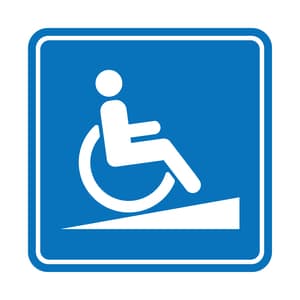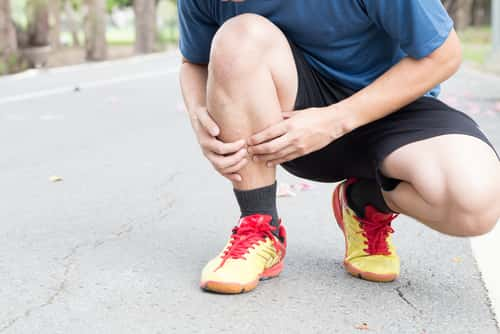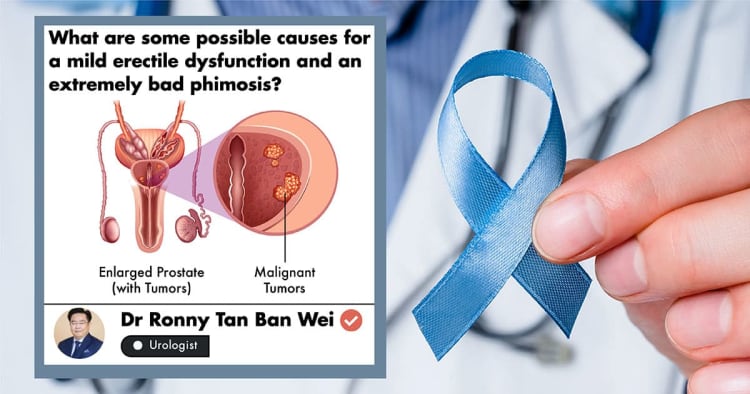Having hip problems which prevent you from performing your daily activities such as walking, sitting or sleeping? Join us in our webinar as we explore the different types of hip problems and the various treatments available to alleviate the pain.
Title: Consult an Orthopaedic Surgeon: Hip Problems, Pains and Aches
Date: 14 April 2021
Time: 8pm
Register here: https://bit.ly/3diQaFb
Me: So when do you get your pain?
Patient: When I'm running!
Me: So how does that affect your training?
Patient: I can't run!
With so many running events taking place in Singapore over varying distances, there's a running challenge to suit everyone’s level of fitness and training. However, running should be fun, and NOT something that's associated with discomfort.
Running pain is one of the most common complaints that I deal with on a daily basis in my Sports Medicine clinic. It's also one of those pesky things that can really limit an otherwise active individual.
When pain sets in, not only does it take away the joy of running, but it also means that you may have developed an injury that requires attention.
This is why you shouldn't ramp up your training too quickly

Mr SJ was a 34-year-old patient who came to see me with lower leg pain affecting both calves.
In his youth, he was a high-level cricketer, but over time had reduced his level of exercise due to work and family commitments.
When his children got a little older, he was keen to return to activity, and had begun jogging for about 1 year prior to seeing me.
While he initially took things slowly, he decided one day to sign up for a 10 km run. As a result, he doubled his running load from 5 km twice weekly, to 7 km four times per week.
Although he was able to cope with the added distance at the beginning of training, he soon started to experience pain on the inner sides of both shins.
This pain typically lasted for a few hours after a run, and would sometimes also trouble him at night.
What investigations are done if you have running pain?
After our initial discussion, I ordered a few X-rays - they didn't demonstrate any bony problems.
However, I decided to request for a Magnetic Resonance Images (MRI) of his lower legs as well due to his nighttime pain. The MRI identified bone stress in both lower legs.
While there are many causes of lower leg pain, commonly referred to as “shin splints”, bone stress is certainly one of the more serious causes.
Here's why you shouldn't ignore pain when running

Shin splints are a common problem amongst Singaporean runners I see in clinic. While the term is used to describe a pain in the lower legs, there can be a few different causes behind the problem.
Bone stress, like in the case of Mr SJ, is of particular concern, as it can eventually result in a stress fracture (breakage point in the bone).
The symptoms of a bone stress and stress fracture are largely similar. These symptoms include:
- Localised tenderness
- Pain with activity
- Disturbance of sleep
With stress fractures, patients often recall a single point in time when the symptoms suddenly worsened, and failed to settle with rest – this is the point at which the bone breaks.
What are the other causes of shin splints?
Other causes of shin splints might be:
- Chronic exertional compartment syndrome (CECS), or a
- Chronic traction stress on the bone from an overactive tibialis posterior muscle
Both of these are associated with pain on activity, with CECS normally occurring after running a certain distance and resolving with rest.
The latter tends to cause a localised, progressive and lasting pain, which can sometimes be indistinguishable from bone stress and stress fractures.
How are shin splints treated?

Important aspects of shin splint treatment include:
- Reducing impact activities - eg. running
- Correcting running biomechanics
- Replenishing vitamin D levels - low levels increase the risk of shin splints
- Increasing muscle strength and control
In Mr SJ's case, bone stress resulted from a poor running pattern that led to too much pressure on certain areas.
I advised Mr SJ to switch from running to swimming and cycling for the time being. This rapidly improved his pain.
In addition, I also checked his vitamin-D levels, and found this to be lower than ideal; this was a surprise to Mr SJ as he was accustomed to spending long periods outdoors.
Unfortunately, his office-based work meant that he was indoors during the day, and therefore not exposed to sunlight. We were able to rapidly correct his Vitamin-D deficiency with supplementation.
How do you prevent running pain from returning?

Once the pain had settled, my team commenced a rehabilitation program with lower limb strengthening and flexibility.
This was achieved through a 3-step process:
- Physiotherapy
- Gait analysis
- Running re-education with the help of Sports Podiatry
Running re-education involves:
- Recording a video while you run on a treadmill
- Measuring your foot, knee and hip angles
- Assessing running parameters such as stride length and cadence
Based on your symptoms and the test results, the Sports Podiatrist then recommends adjustments to your running pattern, while physiotherapists are provided feedback on areas for further rehabilitation.
In Mr SJ’s case, it was noted that he was over-striding, and had an excessively heavy landing over the outer aspect of his feet. After corrective exercises and adjustments in his running pattern, not only did he return to training, but he also completed his 10K marathon challenge!
To sum up, the biggest challenge with pain on running is often identifying what is the underlying problem.
Once the root cause is determined, most conditions can be addressed through a combination of:
- Addressing risk factors
- Managing training load
- Rehabilitation
- Correction of running pattern
Correcting your running pattern, in particular, is often successful with many types of running-related injuries.
So while shin splints remains a common running injury, they should not prevent you from taking part in something that you enjoy doing. A bad day can always be made better with a run!
Thinking of taking Supplements for Joint Pain? Read the guide to Supplements for Joint Health in Singapore
Dr Dinesh Sirisena is a Consultant in Sports Medicine at Khoo Teck Puat Hospital. He has specialist interests in shoulder, back and hip conditions, concussion management, medical education and ultrasound guided intervention to minimise surgical intervention. Dr Dinesh has worked across a range of sports, which includes professional football, premiership rugby, British Gymnastics, Mixed Martial Arts, Wimbledon Tennis, British Athletics and the London Olympic and Paralympic Games. His most recent experience as a team doctor was with Team Singapore at the 2017 SEA Games. In his down time he enjoys cycling, golf and playing the ukulele!










